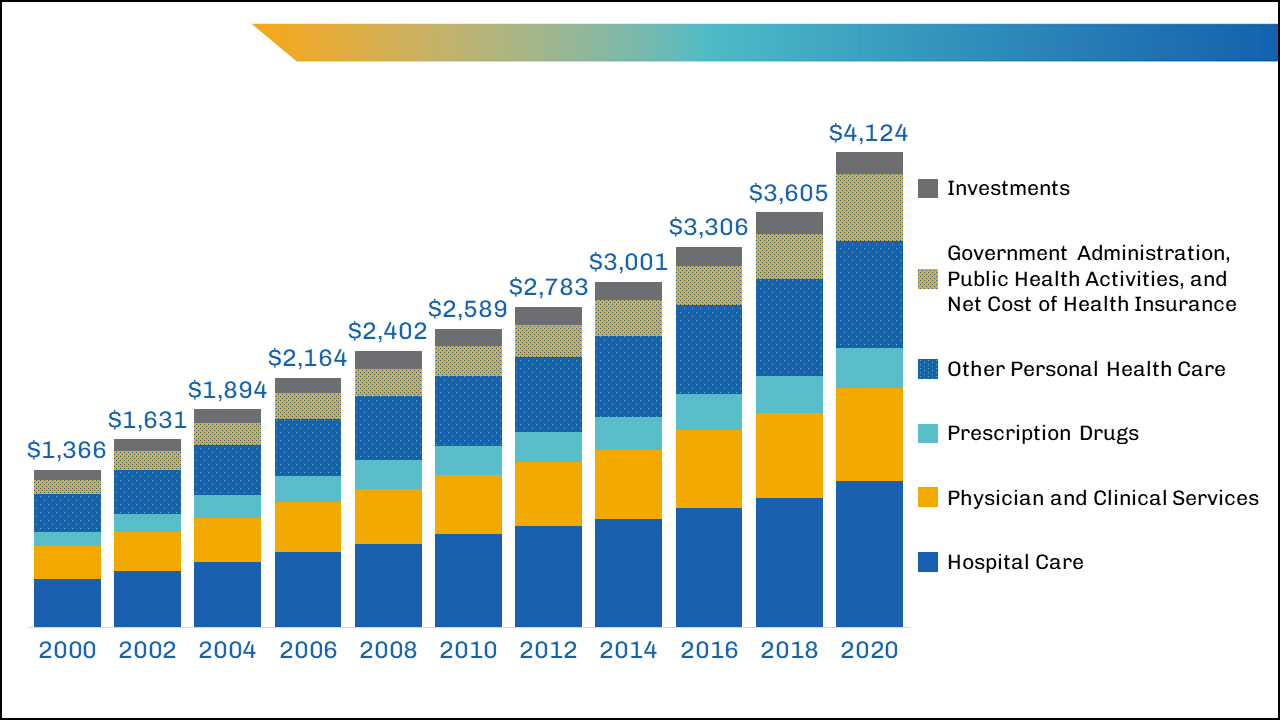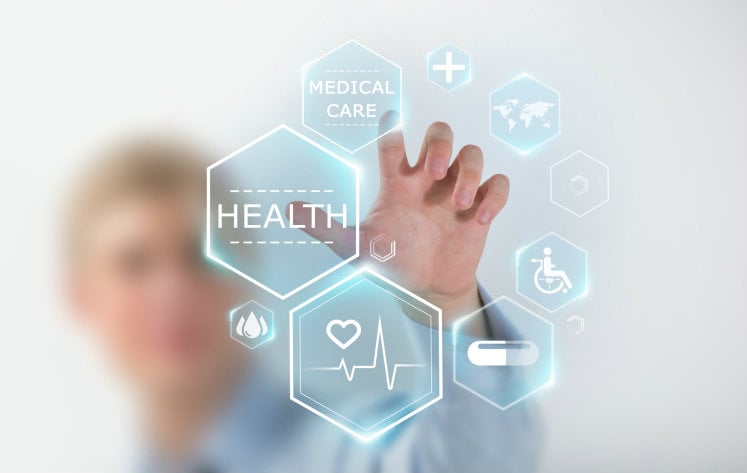A Comprehensive Guide on Just How Medical Care RCM Functions to Streamline Billing and Collections
Browsing the complexities of health care revenue cycle administration (RCM) is vital for carriers aiming to improve their payment and collections processes. The overview unboxes the ins and outs of RCM, from patient registration to accounts receivable monitoring, offering insights right into optimizing each step.
Recognizing Profits Cycle Administration
Realizing the intricacies of Profits Cycle Monitoring (RCM) is essential for health care organizations aiming to enhance their economic performance. RCM is a critical management feature that incorporates the entire financial process of client care, from the initial appointment readying to the last payment of the balance. It is an intricate procedure created to recognize, accumulate, and manage the revenue from the services provided to patients. Efficient RCM guarantees that doctor obtain prompt and accurate repayments, lessening the danger of revenue loss and improving capital.
The RCM process begins when a patient timetables a visit and prolongs with the patient's treatment journey, including payment and collections. A crucial objective is to minimize the time in between obtaining and supplying a service payment, hence improving the company's financial wellness. RCM entails various functions such as person enrollment, insurance coverage confirmation, charge capture, coding, asserts submission, settlement publishing, and dealing with rejections and appeals.
Key Elements of RCM
In the world of Earnings Cycle Administration (RCM), recognizing its essential components is basic to achieving monetary efficiency within health care companies. RCM is a detailed procedure that incorporates various stages, each critical to making sure effective invoicing and collections. The key components consist of person registration, insurance coverage confirmation, cost capture, coding, claim entry, payment publishing, and receivable management.


Once coded, insurance claims are sent to payers, where accuracy is vital to stay clear of delays or rejections - Healthcare RCM. Payment publishing entails taping the obtained settlements, which allows for the settlement of accounts. Lastly, accounts receivable administration concentrates on tracking and resolving overdue cases, guaranteeing prompt follow-up and resolution
Each part of RCM is adjoined, and ineffectiveness in any type of component can interrupt the entire cycle. As a result, grasping these elements is essential for doctor to optimize profits and improve their economic health.
Approaches for Reliable Invoicing

Standardizing payment procedures across the organization is an additional essential strategy. Establishing clear standards for documents, coding, and entry helps preserve uniformity and compliance with governing needs. Training team on a regular basis on these procedures makes certain everybody is updated with the most recent adjustments in invoicing codes and payer policies.
Precise cost capture is essential in avoiding revenue leak. Carrying out routine audits and monitoring systems permits the recognition and adjustment of discrepancies before they influence income. In addition, preserving open lines of interaction with payers aids to swiftly resolve any disputes or misunderstandings that might occur.

Last but not least, engaging individuals early in the payment procedure by supplying clear estimates and academic materials about their financial duties can substantially lower complication and improve settlement timeliness. These strategies collectively add to an extra financially healthy and balanced and efficient billing system.
Enhancing Collections Processes
A durable collections process is crucial for preserving economic stability within medical care companies. Offered the intricacies of medical payment and the selection of payer demands, boosting the collections process involves carrying out tactical actions that guarantee accurate and timely settlement of services provided. Central to this is the use of modern technology to automate and enhance procedures, minimizing hand-operated errors and enhancing effectiveness. Automation tools can assist in tracking case statuses, sending timely suggestions to clients, and taking care of rejections better.
Clear and clear person interactions are critical. Supplying in-depth descriptions of costs and using flexible repayment plans can boost person fulfillment and prompt payments.
Regular audits of the collections process need to be conducted to determine locations for enhancement and guarantee compliance with policies. By analyzing data, health care companies can recognize trends, anticipate prospective concerns, and adjust strategies as necessary (Healthcare RCM). Ultimately, a well-enhanced collections procedure not only supports monetary health however also contributes to an extra smooth experience for individuals and team alike
Optimizing Earnings Streams
Building upon the foundation of a strong collections process, health care organizations can even more strengthen their monetary stability by purposefully maximizing earnings streams. This includes a multi-faceted method, starting with an extensive evaluation of existing my explanation earnings resources to determine ineffectiveness and locations for growth. Using advanced data analytics devices enables organizations to acquire understandings right into payer mix, person demographics, and solution utilization More Bonuses patterns, allowing for data-driven decisions that improve revenue capture.
Carrying out automated payment systems can considerably decrease mistakes and quicken claims processing, ensuring that income is collected a lot more successfully. Moreover, optimizing payer contracts through routine settlements can enhance compensation prices and terms, directly influencing the lower line. Diversifying solution offerings, such as integrating telehealth or health care, can additionally bring in a broader patient base, therefore increasing earnings possibility.
An additional crucial component is enhancing patient engagement and complete satisfaction, as completely satisfied individuals are much more likely to comply with treatment plans and make prompt repayments. Providing flexible repayment options and clear billing methods can boost collections and foster individual loyalty. Healthcare RCM. By adopting these techniques, health care organizations can develop a more resilient monetary structure, making sure sustained development and security in an ever-changing sector landscape
Final Thought
Finally, medical care Income Cycle Management (RCM) plays a crucial role in enhancing payment and collections procedures by incorporating vital components such as individual registration, insurance coverage verification, charge capture, coding, claims submission, and receivable monitoring. By employing innovative innovation, systematizing procedures, and cultivating person engagement, medical care carriers can dramatically lower insurance claim rejections, speed up payment cycles, and boost money circulation. This thorough technique to RCM ultimately results in enhanced monetary effectiveness and sustainability for health care organizations.
The RCM process starts when a client routines a visit and extends via the patient's treatment trip, consisting of invoicing and collections.An additional important component is boosting person engagement and contentment, as pleased clients are much more most likely to adhere to treatment strategies and make timely repayments. Offering adaptable repayment alternatives and clear payment methods can improve collections and foster person loyalty.In final thought, medical care Earnings Cycle Monitoring (RCM) plays a crucial role in enhancing payment and collections processes by integrating vital parts read this such as patient enrollment, insurance confirmation, cost capture, coding, declares entry, and accounts receivable administration. By using innovative technology, standardizing procedures, and fostering patient engagement, healthcare carriers can dramatically decrease insurance claim rejections, speed up settlement cycles, and enhance cash circulation.